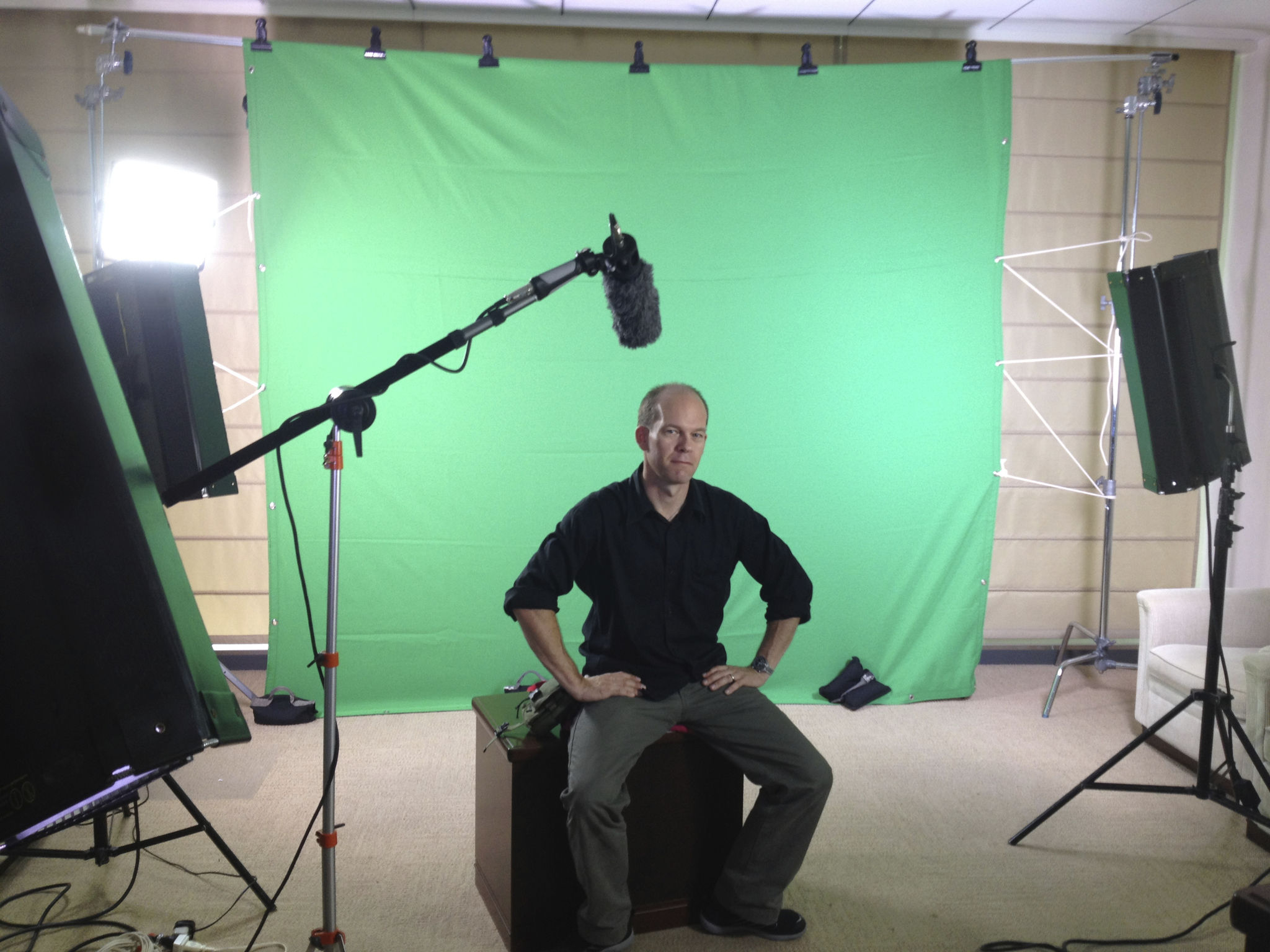From Application to Offer: Streamlining the Recruitment Process
Understanding the Recruitment Funnel
Recruitment is often likened to a funnel, where many candidates enter, but only a few emerge successfully with an offer. Streamlining this process is essential to ensure that the best talent is not lost in the complexity of the recruitment journey. A well-organized recruitment funnel helps businesses save time, reduce costs, and improve candidate experience.
The recruitment funnel typically consists of several stages: application, screening, interviews, and finally, the offer. Each stage must be carefully managed to maintain a smooth flow of candidates through the process. Understanding these stages and optimizing each can significantly enhance the overall efficiency of recruitment.

Efficient Screening Processes
The screening stage is crucial to filter out unsuitable candidates early in the process. Implementing an efficient screening strategy can save a substantial amount of time for recruiters. Automated tools and AI-driven software can assist in quickly evaluating resumes and applications against job descriptions.
Additionally, establishing clear criteria for screening ensures consistency and fairness in the evaluation process. By focusing on key qualifications and relevant experience, recruiters can quickly identify candidates who best fit the role. This not only speeds up the recruitment process but also enhances the quality of candidates moving forward.
Streamlining Interviews
Interviews are often the most time-consuming part of recruitment. However, with careful planning and scheduling, this stage can be streamlined significantly. One effective method is to conduct initial interviews via video conferencing tools, especially for remote or geographically distant candidates.

Structured interviews with standardized questions ensure that all candidates are assessed equally and fairly. This approach not only saves time but also improves the reliability of the interview process. Additionally, preparing interviewers with clear guidelines and evaluation criteria can further enhance efficiency.
Enhancing Communication
Clear and timely communication is vital throughout the recruitment process. Ensuring that candidates are kept informed at each stage can greatly improve their experience and perception of the organization. Automated email systems can be utilized to send updates and feedback promptly.
Frequent communication also helps in managing candidate expectations and reduces the chance of losing top talent to competitors. A simple acknowledgment of application receipt or a brief update on process status can make a significant difference in candidate satisfaction.

Sealing the Deal: The Offer Stage
The final stage of recruitment is extending an offer to the chosen candidate. A streamlined offer process involves preparing competitive and attractive offers promptly after finalizing the decision. It’s crucial to act quickly during this stage to avoid losing candidates who may be considering multiple offers.
Personalizing the offer letter with specific details discussed during interviews can make a candidate feel valued and appreciated. This personal touch can often tip the balance in favor of accepting the offer.
Continuous Improvement
Finally, continuously reviewing and refining the recruitment process is essential for long-term success. Gathering feedback from both candidates and hiring managers can provide valuable insights into potential areas for improvement.
Regularly updating recruitment strategies to align with industry trends and candidate expectations ensures that your organization remains competitive in attracting top talent. By embracing technology and being open to change, companies can streamline their recruitment processes effectively from application to offer.
